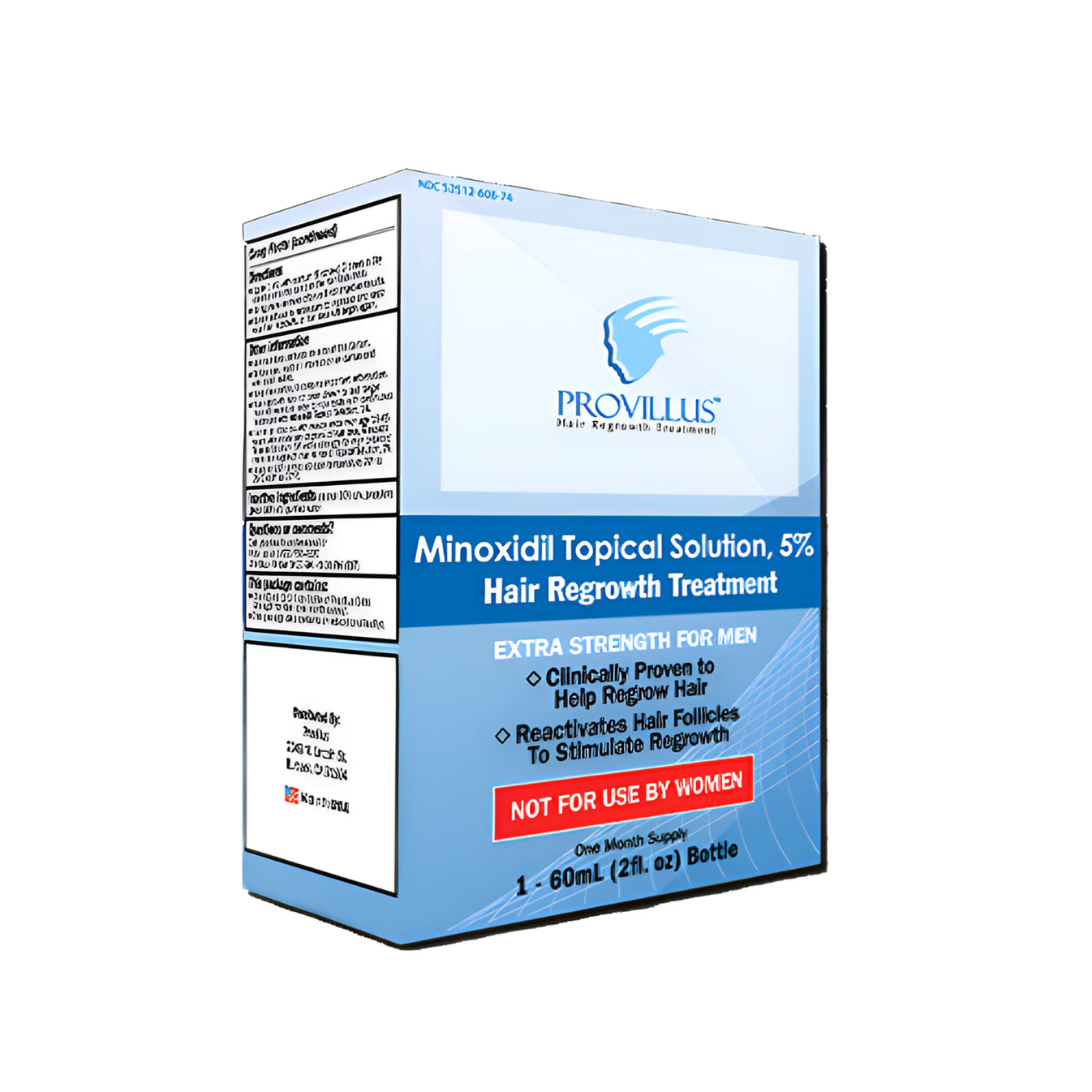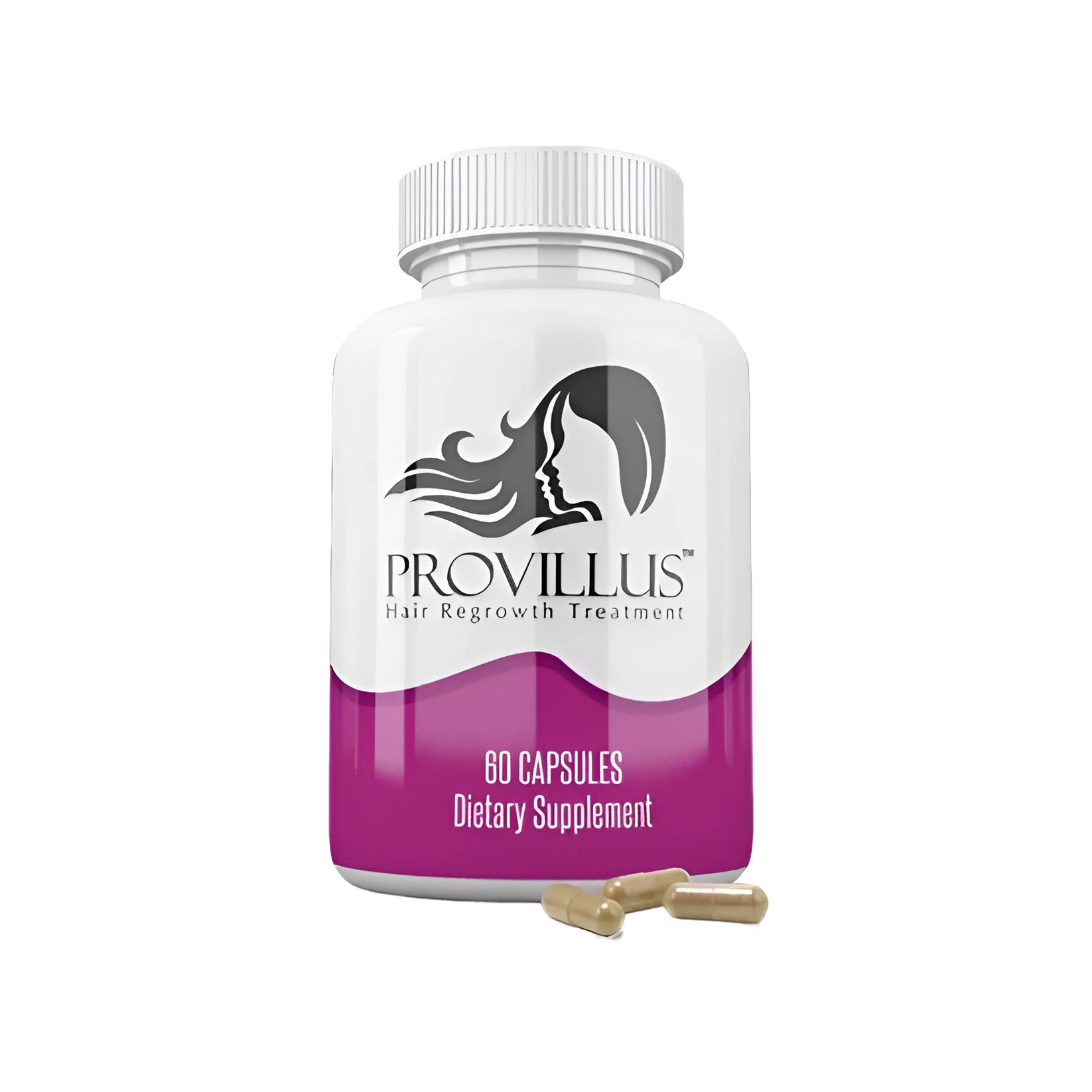Hair loss affects millions of men globally and can significantly impact self-confidence and overall well-being. Fortunately, advancements in medical science, grooming technology, and natural remedies have led to effective solutions that reverse hair thinning, stimulate hair growth, and preserve existing follicles. In this guide, we explore seven groundbreaking hair loss treatments(hair regrowth) for men that deliver real, measurable results.
1. Finasteride (Propecia) – The Gold Standard in Hair Retention
Finasteride, marketed under the name Propecia, is a prescription-only oral medication that has been clinically proven to halt hair loss and promote regrowth in men suffering from androgenetic alopecia (male pattern baldness).
-
Mechanism: Finasteride works by inhibiting Type II 5-alpha-reductase, the enzyme responsible for converting testosterone to dihydrotestosterone (DHT) — the hormone linked to hair follicle shrinkage.
-
Effectiveness: Clinical trials show that over 85% of men experience either a stop in hair loss or noticeable regrowth within six months of daily use.
-
Considerations: Must be taken consistently, and results may take 3-6 months. Possible side effects include reduced libido or erectile dysfunction in a small percentage of users.
Bottom Line: Finasteride remains the most effective DHT-blocking medication for long-term hair maintenance.
2. Minoxidil (Rogaine) – The Topical Powerhouse
Minoxidil, widely known by the brand name Rogaine, is a non-prescription topical solution or foam used twice daily to stimulate hair follicles and extend the anagen (growth) phase of hair.
-
Mechanism: It promotes vasodilation, improving blood flow to the scalp and allowing hair follicles to receive essential nutrients.
-
Effectiveness: Studies show a 60–70% success rate in men using 5% Minoxidil regularly.
-
Application: Available as a liquid or foam. It's crucial to apply it consistently to balding areas twice daily for best results.
Bottom Line: Ideal for early-stage hair loss, especially at the crown and vertex. Works best in combination with oral treatments like Finasteride.
3. Low-Level Laser Therapy (LLLT) – Cutting-Edge Non-Invasive Technology
Low-Level Laser Therapy (LLLT) is an FDA-cleared treatment that uses red light wavelengths to stimulate cellular activity in hair follicles and improve scalp circulation.
-
Devices: Comes in the form of laser caps, combs, and helmets. The most popular brands include Capillus, iRestore, and Kiierr.
-
Mechanism: Increases adenosine triphosphate (ATP) production, improving follicular function and promoting thicker, denser hair.
-
Commitment: Requires 15–30 minutes of use, 3–5 times a week. Typically, visible results are noticed within 12–24 weeks.
Bottom Line: An excellent drug-free, pain-free treatment that enhances hair density and pairs well with topical or oral solutions.
4. Hair Transplant Surgery – Permanent, Natural-Looking Restoration
Hair transplant surgery remains the most effective permanent solution for men with advanced hair loss. Two primary techniques dominate the market:
-
FUT (Follicular Unit Transplantation): Involves removing a strip of scalp and dissecting it into individual follicular units.
-
FUE (Follicular Unit Extraction): Harvests follicles individually from the donor area, minimizing scarring and downtime.
-
Results: Natural and dense regrowth with permanent hair follicles resistant to DHT.
-
Recovery: Healing time varies between 7–14 days. Full results can be expected within 12 months.
Bottom Line: For men with extensive baldness, a hair transplant offers a one-time, lifelong solution when performed by a reputable surgeon.
5. Platelet-Rich Plasma (PRP) Therapy – Regrowth Powered by Your Own Cells
PRP therapy uses the patient’s own blood, which is processed to concentrate platelets and then injected into the scalp to stimulate natural hair growth.
-
Mechanism: Platelets contain growth factors like PDGF, VEGF, and TGF-beta, which boost cell regeneration and blood flow.
-
Procedure: Typically performed over 3–4 monthly sessions with maintenance every 4–6 months.
-
Results: Studies have shown increased hair thickness and count in 70–80% of patients.
Bottom Line: An excellent natural treatment with minimal side effects, especially effective for early to moderate hair loss.
6. Ketoconazole Shampoo – Targeted Scalp Therapy
While primarily an antifungal, ketoconazole shampoo (e.g., Nizoral 2%) has shown to have anti-androgenic effects on the scalp, making it a useful adjunct therapy.
-
Benefits: Reduces inflammation, dandruff, and sebum, creating a healthier environment for hair growth.
-
How to Use: Use 2–3 times per week, leaving it on the scalp for 5–10 minutes before rinsing.
-
Scientific Support: Clinical studies suggest measurable improvement in hair density when used alongside Minoxidil or Finasteride.
Bottom Line: A simple, inexpensive addition to your hair loss regimen that enhances scalp health and complements other treatments.
7. Nutritional Supplements – Support Hair from the Inside Out
A growing body of research supports the role of micronutrients and amino acids in promoting optimal hair health. While not a standalone cure, supplements address deficiencies that contribute to hair thinning.
-
Key Nutrients:
-
Biotin – Supports keratin production.
-
Vitamin D – Essential for follicle cycling.
-
Zinc and Iron – Deficiencies are strongly linked to hair loss.
-
Saw Palmetto – Natural DHT blocker.
-
Marine Collagen and MSM – Improve hair strength and elasticity.
-
-
Recommended Brands: Nutrafol, Viviscal, and Hair La Vie offer physician-formulated blends targeted for men.
Bottom Line: Supplements enhance the efficacy of primary treatments and promote full-spectrum scalp and follicle health.
Combining Treatments for Maximum Impact
No single hair loss treatment is a silver bullet. For optimal results, most men benefit from a multi-modal approach, such as combining Finasteride + Minoxidil + Ketoconazole shampoo, or PRP + LLLT + Nutritional support. Consult with a trichologist or dermatologist to create a customized plan tailored to your unique hair loss pattern, medical history, and lifestyle.
Final Thoughts
Hair loss no longer needs to be a silent struggle. With the right mix of science-backed solutions and lifestyle adjustments, it's possible to restore thickness, prevent further thinning, and regain confidence. The key is early intervention, consistency, and a strategic, evidence-based approach.

.png)




